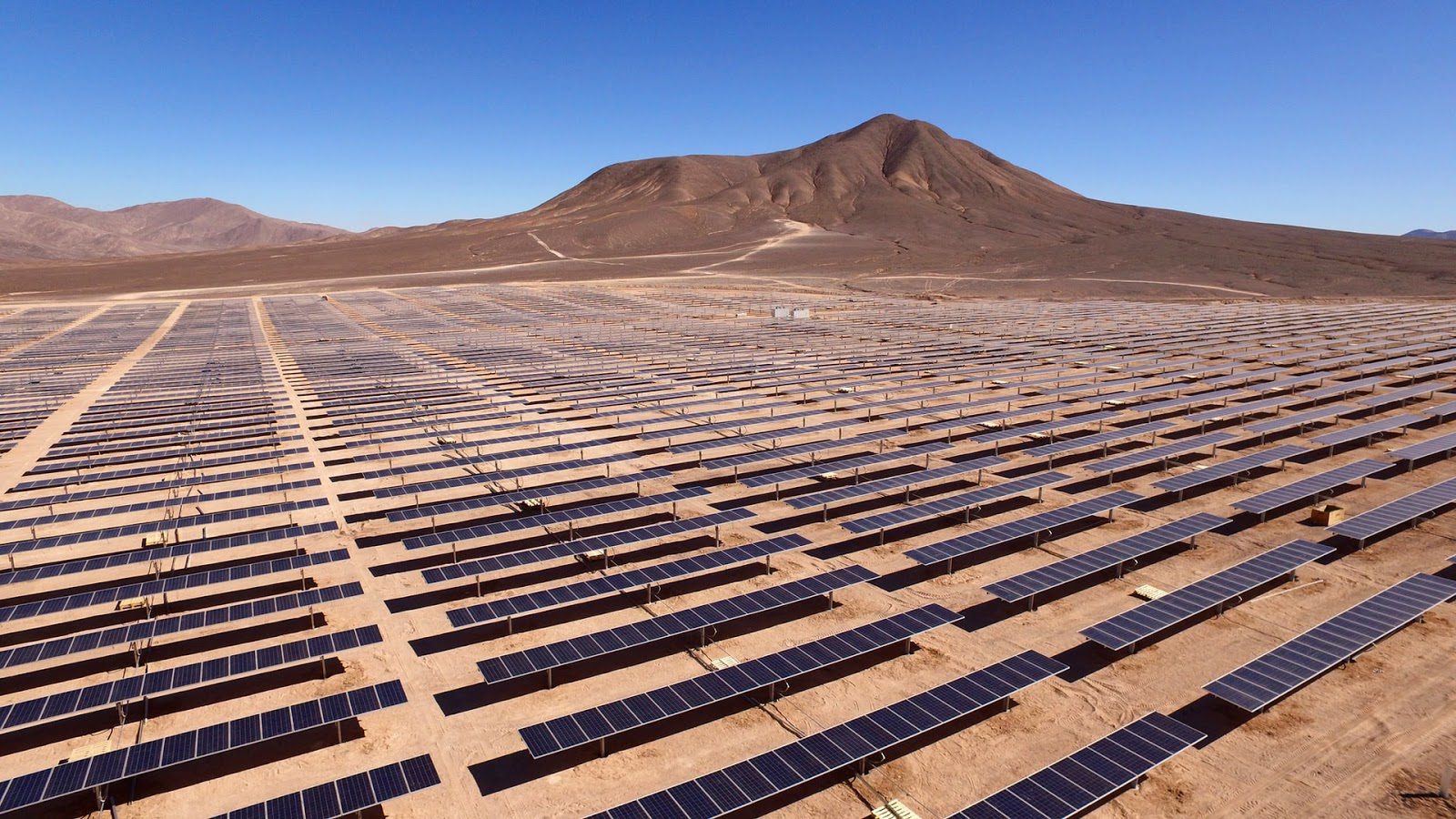Powering up the Transition to Renewable Energy
If you’ve spent any time in New Mexico, you know that the sun shines bright on the high desert. So it makes sense that the state is developing a number of new renewable energy projects including solar and energy storage. New Mexico state lawmakers are pushing for the transition away from fossil fuels to renewable energy, and they successfully enacted the Energy Transition Act (ETA) in 2019 to do just that.
As noted by the New Mexico Department of Workforce Solutions, “The law transitions New Mexico away from coal and toward clean energy, ensuring greater renewable energy production and reducing costs for consumers, and provides tens of millions of dollars of economic and workforce support for communities impacted by coal plant closures, as well as the development of renewable replacement power in San Juan County,” officials shared. The ETA pledges to shift 100% of the state’s energy to renewable sources by 2045 with at least 50% by 2030, and the transition to renewable energy is already underway.
Earlier this year, the Public Service Company of New Mexico (PNM) announced a plan to construct the Four Corners Solar with built-in energy storage. The Four Corners Solar installation will replace electrical output of the coal-powered San Juan Generating Station that is scheduled to close in June of 2022. The project marks one of New Mexico’s biggest and first moves in the transition to fully renewable power. The Four Corners Solar Center consists of three solar projects coming to San Juan County that will be installed and managed by Photosol, a solar energy company operating in dozens of states. The projects will provide clean energy jobs, tax revenue, and clean energy to New Mexico.
“We’re bringing a new tax base, construction jobs, and long-term operation and maintenance jobs, reutilizing existing transmission infrastructure in the area” Josh Case, CEO of Photosol, told San Juan County commissioners. Case predicted that the Four Corners Solar project will create approximately 500 monthly construction jobs. “The projects are also expected to generate up to $74.7 million in property-tax revenues over the 20-year terms of the deals,” according to PV Magazine. The 400-Mega watts (MW) Four Corners Solar project is expected to be completed by Dec. 2023. Photosol’s other projects: the 360-MW Shiprock Solar project and 598-MW San Juan Solar project, are expected to be completed around the same time. All of the solar projects feature on-site energy storage for the hours of the day when the sun doesn’t shine, and Photosol is working with local organizations to ensure the projects are completed on time.
By partnering with the Navajo Transitional Energy Company, Photosol is building the Four Corners Solar project on 3,500 acres of Navajo mining land, Case told San Juany County Commissioners. “As we manage the challenges of today and focus on solutions for the clean energy future, we continue to do what’s right for our customers, communities, and our tribal neighbors,” Pat Vincent-Collawn, PNM Resources chairman, president, and CEO, told Daily Energy Insider about the transition to solar. PNM’s exit from the existing coal-powered energy plant will generate $16 million in economic aid for the Navajo Nation and facilitate their own transition towards renewable energy.
New Mexico state regulators approved two other major PNM solar projects this year: the 300-MW Arroyo Solar installation and the 50-MW Jicarilla Solar, according to Power Mag. These installations are truly just the beginning of the State’s shift toward total renewable power. The ETA is designating specific funds to aid in financing all of the clean energy job creation and training that these programs will require. “We see there being a tremendous requirement for training in order to fulfill the Energy Transition Act and the projects that would come with it because it is going to result in a significantly larger workforce requirement for utility-scale solar,” Ryan Centerwall, CEO of Affordable Solar, told Solar Power World. “The ETA provides a great mechanism for the advancement of utility-scale solar in the state, with very specific targets that are both aggressive and obtainable.”





